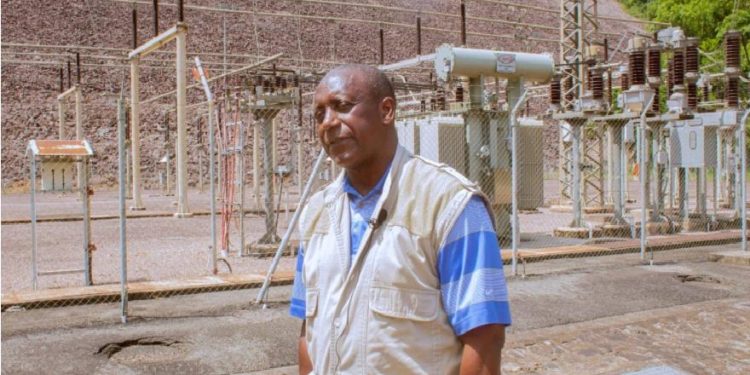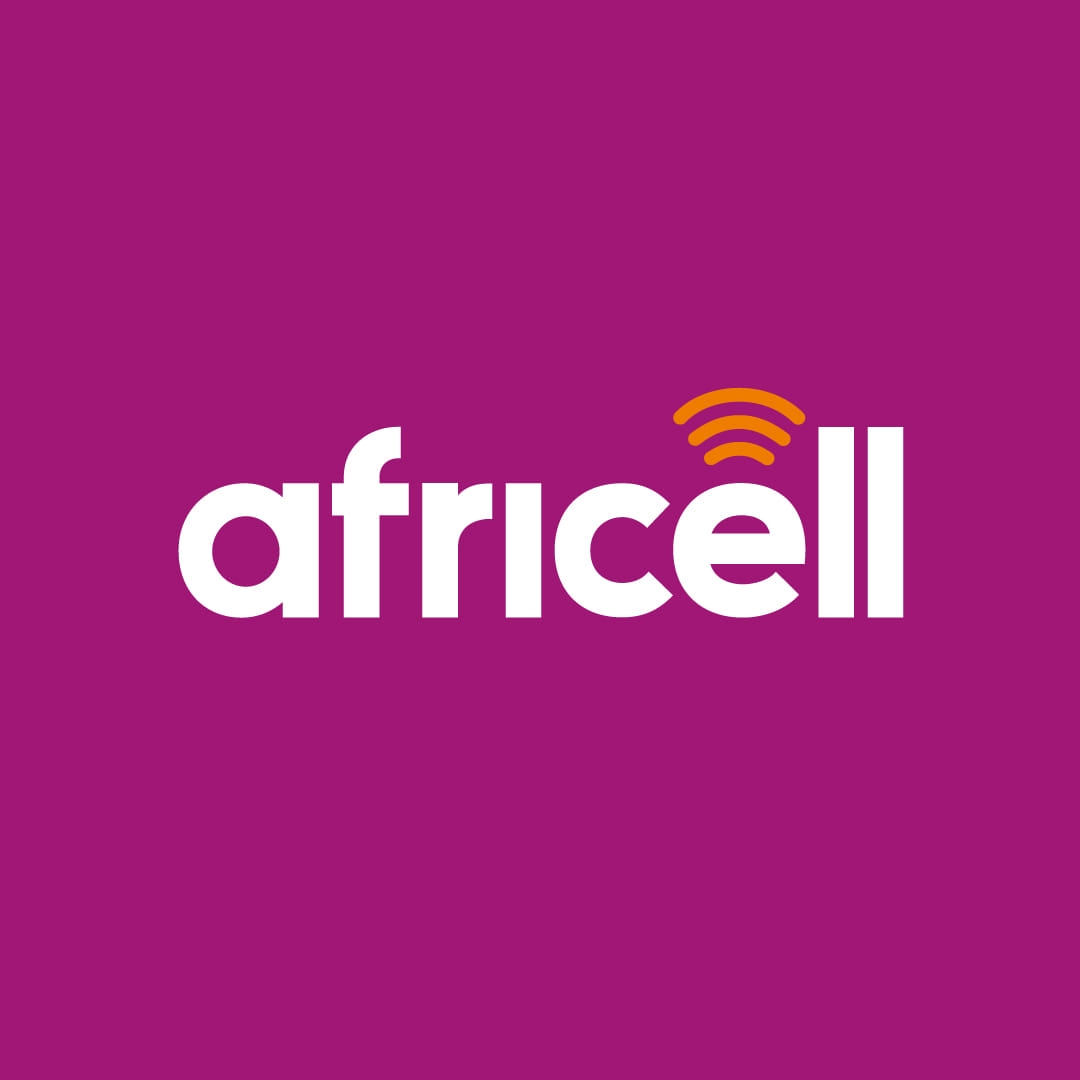By Mackie M. Jalloh
Sierra Leone is embarking on an ambitious journey to overhaul its struggling energy sector with a series of transformative plans aimed at addressing decades of electricity challenges. During a press briefing on November 3, 2024, at the Miatta Conference Hall in Freetown, Kandeh Yumkella, Chairman of the Presidential Initiative on Climate Change, Renewable Energy, and Food Security, detailed the government’s multi-phased approach to restoring reliable energy access nationwide.
The initiative, which aligns with President Julius Maada Bio’s directives, encompasses short-term emergency measures, medium-term capacity-building projects, and long-term infrastructure upgrades designed to achieve a sustainable and resilient energy network.
A Sector in Crisis
Sierra Leone’s energy woes have been a persistent hindrance to development, with many areas of the country suffering from erratic or non-existent power supply. In Freetown alone, the capital requires 100 megawatts to meet demand but currently receives just 47 megawatts, leaving businesses, schools, and households grappling with rolling blackouts.
Yumkella described the energy deficit as a “national pandemic” that not only stifles economic growth but also impacts public health, education, and overall quality of life. He emphasized that Sierra Leone’s challenges mirror those faced across the African continent, where unreliable power supply remains a common issue.
“This is not just about electricity; it’s about powering our hospitals, schools, businesses, and homes,” Yumkella said. “Without energy, our development goals will remain out of reach.”
Short-Term Solutions: Importing Power to Bridge the Gap
To address immediate energy shortfalls, Yumkella announced plans to import electricity from neighbouring countries. Within the next six months, Sierra Leone will secure 10 megawatts from Guinea, 27 megawatts from Ivory Coast, and 50 megawatts from Ghana. These imports, facilitated through international partnerships, aim to stabilize power supply in urban centres and ease pressure on existing infrastructure.
These measures are expected to provide a temporary reprieve while the government works on more sustainable solutions. However, Yumkella stressed that imported power is not a permanent fix and that significant investment is required to develop domestic energy production.
Medium-Term Projects: Expanding Capacity Nationwide
Looking ahead, the government plans to implement several medium-term projects to expand energy access across the country. Over the next 12 months, 30 megawatts will be supplied to Lungi, home to the country’s main international airport, while 40 megawatts will be directed to Kamakwie in the northern region.
In addition, a World Bank-supported initiative to solar-power 700 clinics and public facilities is already underway, with 150 sites completed. This project is a crucial step in ensuring that essential services like healthcare are not disrupted by power outages, particularly in rural areas.
“These medium-term projects are about building capacity and reaching underserved regions,” Yumkella explained. “Our goal is to ensure that energy access is not limited to urban areas but extends to every part of Sierra Leone.”
Long-Term Vision: Building a Sustainable Energy Future
The cornerstone of Sierra Leone’s energy strategy lies in its long-term vision, which aims to establish a sustainable and self-reliant energy system. Yumkella outlined several major projects, including the expansion of the Nant Energy initiative to generate 83 megawatts within two years and the development of 200 mini-grids to electrify remote communities.
Other key initiatives include:
- Upgrading the Dodo Dam: This project aims to provide reliable power to the southern cities of Bo and Kenema, which have long struggled with inconsistent electricity.
- Expanding Bumbuna Phase 1: Already a critical component of the country’s energy infrastructure, the Bumbuna project will be scaled up to generate 120 megawatts.
- Developing Renewable Energy Solutions: The government is also prioritizing renewable energy projects, such as solar farms and wind power, to reduce dependence on fossil fuels and meet climate goals.
Combined, these efforts are expected to produce a total of 422 megawatts of electricity, enough to significantly improve access across the country. However, Yumkella cautioned that achieving this target will require substantial financial investment and strong political will.
“This is a long-term commitment,” he said. “Building a sustainable energy sector takes time, but we are laying the foundation today for a brighter tomorrow.”
Addressing Structural Issues and Accountability
In addition to expanding capacity, the government is taking steps to address systemic issues within the energy sector. Yumkella acknowledged challenges such as electricity theft, illegal connections, and inefficiencies at the Electricity Distribution and Supply Authority (EDSA). He called on citizens to play an active role in safeguarding the energy infrastructure by reporting theft and illegal activities.
“We all have a part to play,” Yumkella stated. “The government cannot do this alone. The public must hold us accountable, but they must also be accountable themselves.”
The government is also seeking to attract private sector investment to finance critical infrastructure projects. Yumkella revealed that six international companies have expressed interest in partnering with EDSA, signalling growing confidence in Sierra Leone’s energy sector.
A Call to Action
As Sierra Leone embarks on this ambitious energy overhaul, the stakes could not be higher. Reliable electricity is essential for achieving the country’s development goals, from boosting industrial productivity to improving education and healthcare outcomes.
Yumkella urged citizens, businesses, and international partners to rally behind the government’s vision. “This is about transforming Sierra Leone for the better,” he said. “We need everyone—local and international stakeholders—to join us on this journey.”
Setting Benchmarks for the Future
The press briefing underscored the government’s determination to tackle Sierra Leone’s energy crisis head-on. While challenges remain, the proposed strategies offer a roadmap to a more stable and sustainable future.
If successful, the energy overhaul will not only address immediate power shortages but also lay the groundwork for long-term growth and resilience. For a nation striving to overcome decades of underdevelopment, this bold vision represents a critical step forward.














